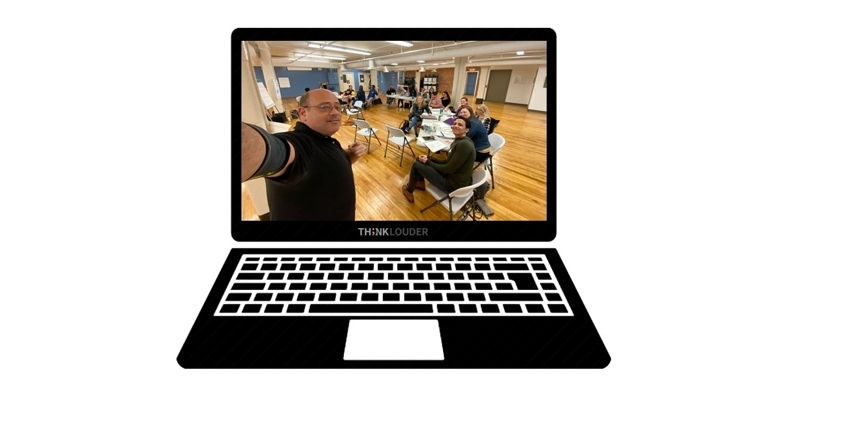Can Working Remotely and Working Agile… Work, Together?
Want to meet for a coffee? … Oh right.
Whether you think it’s a great idea or not, you’ve probably found yourself working as part of a remote team over the past few weeks, and none of us know exactly when it’s going to end. For those of us who thrive on the agile idea of individuals and interactions, it can be a real sucker-punch to our productivity and our morale.
Over the past 15 years, I’ve worked with some of the most high-performing teams in the Fortune 1000. What they had in common was not that they all sat around the same conference table day in and day out. In fact, some of the most valuable Agile methodologies can be aligned with working from home, or working with remote teams. These insights might even enable you to get a whole lot of value out of this difficult time.
Agile has Moved a Long Way Since it Began
It’s true that the agile manifesto was originally built for teams who were working together in the same office, following the idea that “the most efficient and effective method of conveying information to and within a development team is face-to-face conversation.” However, distributed teams are nothing new, not only as a result of global offices, but also for providing a number of benefits. These include the ability for teams to be able to work around the clock on important projects, handing over to one another when the working day closes, and finding great skilled talent in less central locations or high-tech hubs.
To make distributed working ‘work’ for agile teams, here are a few considerations that should be front of mind.
- Communication is Key
This is true no matter what, but in this difficult time where teams are suddenly working remotely it’s more important than ever. Don’t worry if it feels like you’re overcommunicating, that’s a better result than leaving people out of the conversation, or jumping to the assumption that a decision is ‘too small’ to get feedback or buy-in from colleagues. Without seeing one another face to face, important facets of conversation can get lost, things like hallway chat, or ‘water-cooler’ conversations, if you like.
Top tip: Encourage teams to use video chat to catch up and sync, not just for scheduled meetings. This can help build a more communicative environment for while you’re working remotely.
- Put Clear Standards Around the Definition of Done
It’s a lot harder to ensure that everyone’s on the same page when they aren’t physically in the same office. One great tip is to publish your definition of done so that everyone can see it, and refer to it. This takes away ambiguity and makes sure that all your team members are on the same page. You can expand this to publishing any information that you want teams to be able to align on, such as a remote working policy, or expectations around troubleshooting and code review for developers, for example.
- Remember, we are Responding to Change – Not Following a Plan!
There’s no greater test of this agile principle than the situation we all find ourselves in. We’ll all need to think fast to keep our teams productive and valuable over these weeks and months, but your agile training should have prepared you, at least in part. Team members will be working under extraordinary circumstances, many with young children at home or with the challenges of isolation. Think about implementing new ideas such as a sync time before the daily Scrum where individual team members can ask pressing questions or catch up on something they have missed.
Don’t forget to include regular reflections both individually as a manager and also within your teams to see where team members are at, how they’re feeling and the tools they are using to cope with their temporary reality.
- Using this Time to Get Ahead
If you’re finding yourself with time on your hands while you’re working from home, this could be a great time to get yourself ScrumMaster certified. For a limited time, the Agile Alliance are enabling online courses, so that participants can get this important certification from home.
In many ways, this is a preferable format for completing this course, allowing you to work unpressured at your own pace, in a comfortable setting, and around complicated needs like childcare or global time-zones. The course is set up intelligently, with the ability to replay lessons, access coursework from anywhere at any time, and receive immediate feedback from teachers and mentors.
If you want to talk about getting certified, or want any more coaching tips on managing agile teams remotely, head to thinklouder.com/events or get in touch.


Leave a Reply
Want to join the discussion?Feel free to contribute!